Solar eclipses transform ordinary locations into extraordinary viewing experiences, but the most memorable moments often happen away from crowds at public events and tourist hotspots. Smart eclipse chasers seek out unique vantage points that combine optimal viewing conditions with distinctive settings to make the celestial event even more special.
These hidden gems offer clear skies, minimal light pollution, and interesting backdrops that enhance the already magical experience of watching the moon pass between Earth and the sun. Here is a list of 20 offbeat solar eclipse viewing spots that will make your next eclipse adventure truly unforgettable.
Carhenge – Nebraska
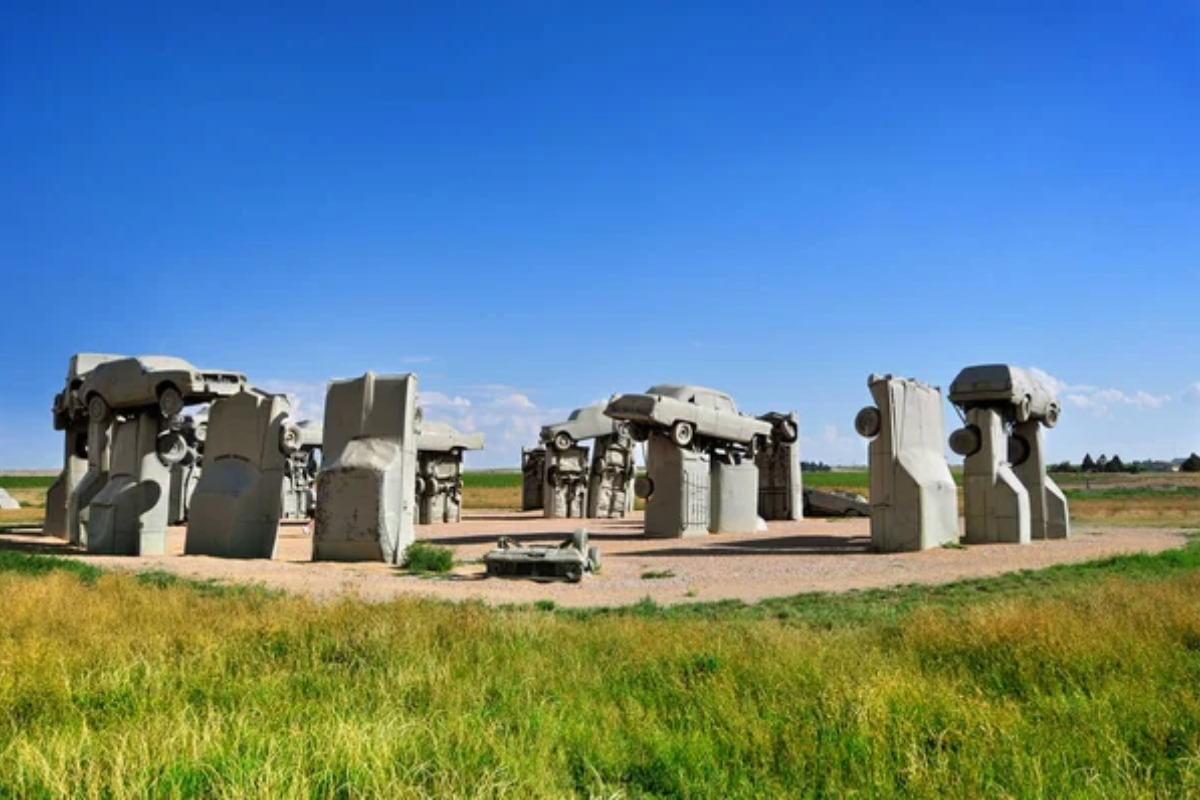
This quirky replica of Stonehenge, made from vintage automobiles near Alliance, provides a surreal setting for eclipse viewing. The sculpture’s circular arrangement creates natural viewing areas while adding an element of American folk art to the cosmic experience.
The surrounding Nebraska plains offer unobstructed horizon views and minimal light pollution, making it ideal for photographing the eclipse against this unique manmade monument.
Very Large Array – New Mexico
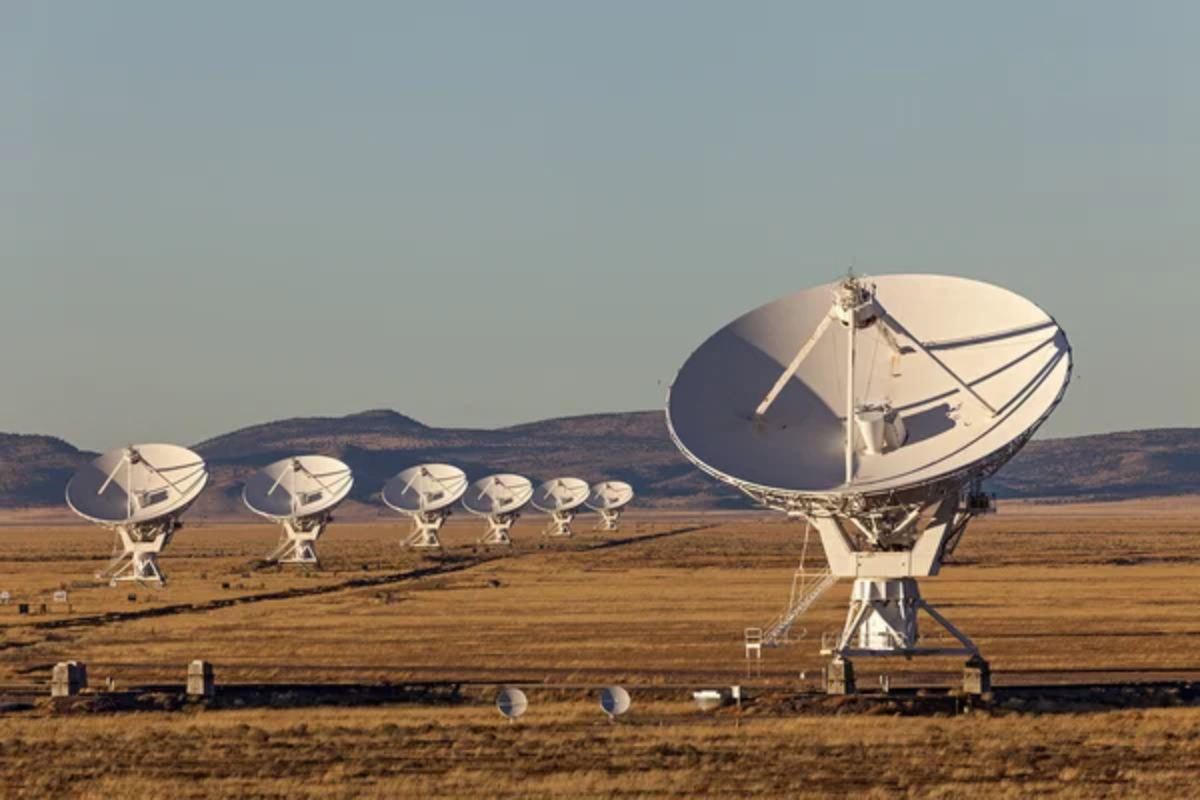
The Plains of San Agustin host 27 massive radio telescopes, creating an otherworldly landscape perfect for eclipse observation. Watching a solar eclipse while surrounded by instruments designed to study the cosmos adds layers of meaning to the experience.
The high desert location provides excellent atmospheric conditions and clear skies, while the scientific setting underscores humanity’s ongoing quest to understand celestial phenomena.
Like Travel Pug’s content? Follow us on MSN.
Bonneville Salt Flats – Utah
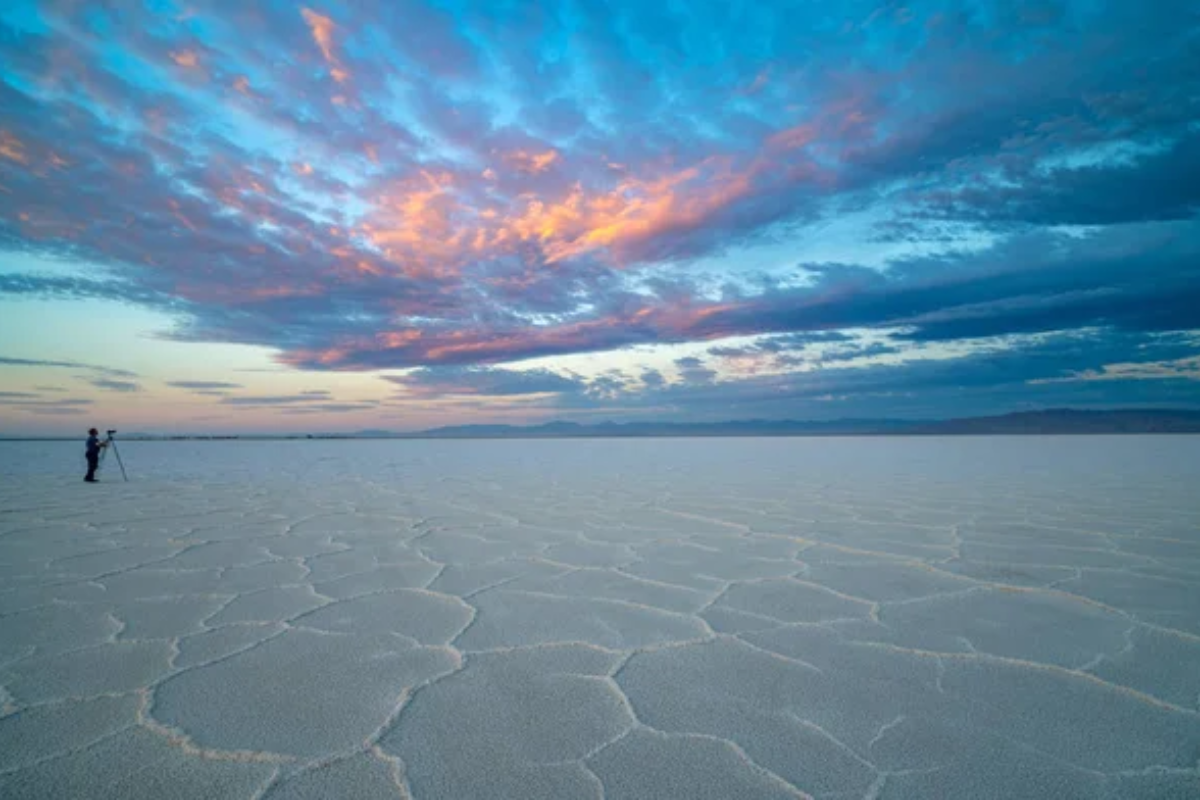
This vast expanse of crystallized salt creates a mirror-like surface that reflects the eclipse’s dramatic lighting changes across the landscape. The flats’ isolation ensures dark skies and unobstructed views in every direction, while the surreal white surface amplifies the eclipse’s visual impact.
The location’s remoteness means fewer crowds and a more contemplative experience as the shadow races across this natural wonder.
Crater of Diamonds State Park – Arkansas

Murfreesboro’s diamond field offers the unique possibility of finding gemstones while waiting for the eclipse to begin. The park’s open fields provide excellent viewing conditions, and the irony of searching for earthly treasures before witnessing a celestial spectacle adds charm to the experience.
The location’s significance as the United States’ only public diamond mine creates a connection between geological and astronomical wonders.
Cadillac Ranch – Texas

Amarillo’s famous art installation of half-buried Cadillacs creates a distinctly American backdrop for eclipse viewing. The sculpture’s orientation along historic Route 66 adds cultural significance to the astronomical event, connecting earthbound travel with cosmic journeys.
The Texas Panhandle’s wide-open spaces provide excellent atmospheric conditions and room for large groups to spread out comfortably.
Like Travel Pug’s content? Follow us on MSN.
International Peace Garden – North Dakota
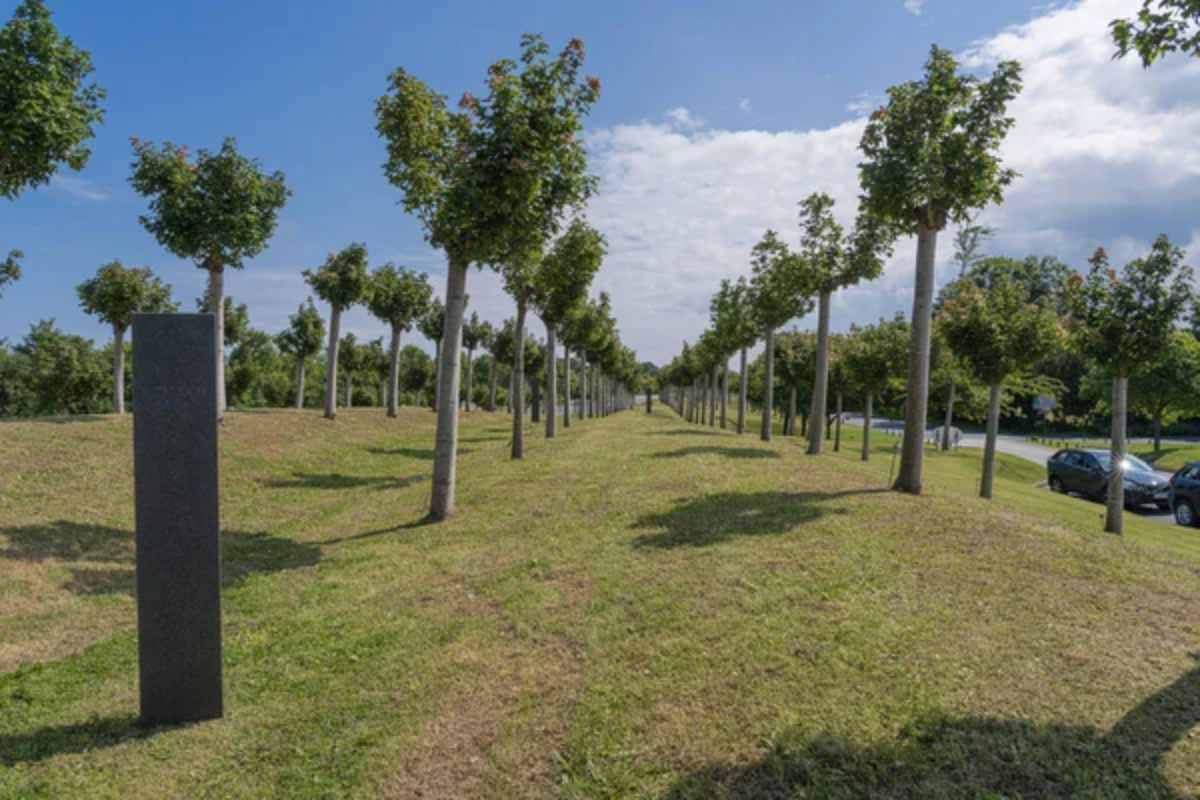
This binational park straddling the U.S.-Canada border offers symbolic meaning as the eclipse shadow crosses international boundaries. The garden’s formal landscaping provides comfortable viewing areas while its peaceful atmosphere enhances the contemplative nature of eclipse observation.
The northern Great Plains location typically enjoys clear skies and stable weather conditions, making it ideal for extended outdoor viewing.
Antelope Island State Park – Utah
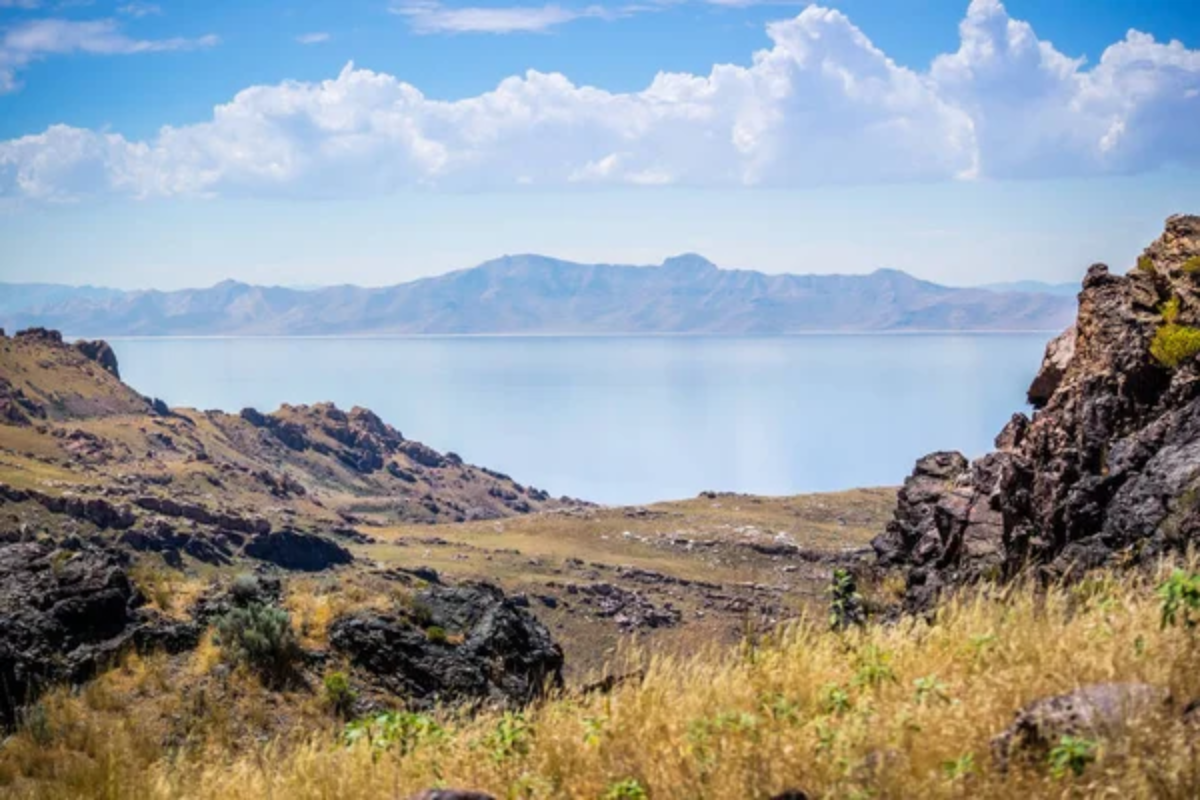
This Great Salt Lake island provides elevated viewing positions with water reflections that double the eclipse’s visual impact. Bison herds roaming the island add wildlife drama to the celestial event, creating photo opportunities that combine terrestrial and cosmic subjects.
The island’s isolation from urban light sources ensures optimal viewing conditions while ferry access limits crowds to manageable numbers.
Four Corners Monument – Multiple States
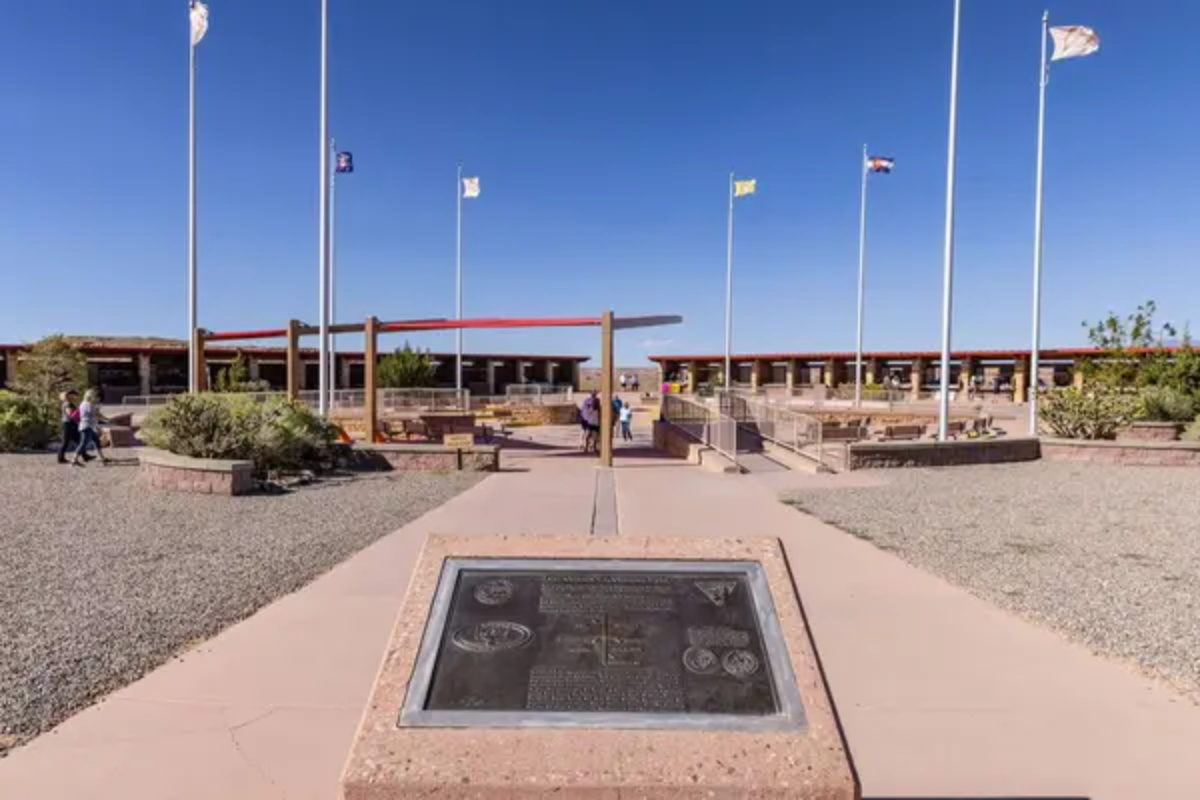
Standing at the intersection of Utah, Colorado, Arizona, and New Mexico while watching an eclipse creates a unique geographic experience. The monument’s precise surveying makes it a fitting location for observing the precise celestial mechanics of an eclipse.
The high desert location provides excellent atmospheric transparency and minimal weather interference for clear viewing.
Like Travel Pug’s content? Follow us on MSN.
Devils Tower – Wyoming
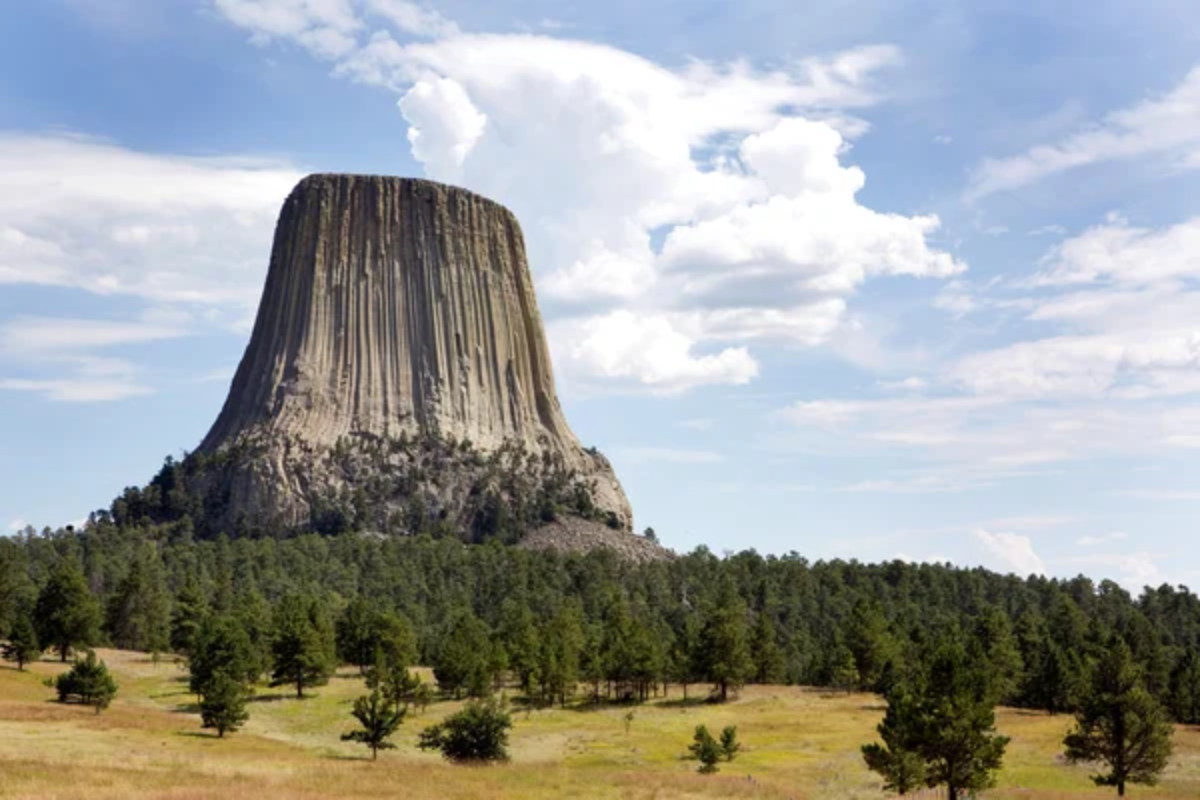
This dramatic volcanic neck rising 867 feet from the prairie creates a powerful natural amphitheater for eclipse viewing. The tower’s spiritual significance to Native American tribes adds cultural depth to the astronomical experience.
The surrounding grasslands provide unobstructed horizon views, while the monument itself offers various elevated viewing positions for different perspectives.
White Sands National Park – New Mexico
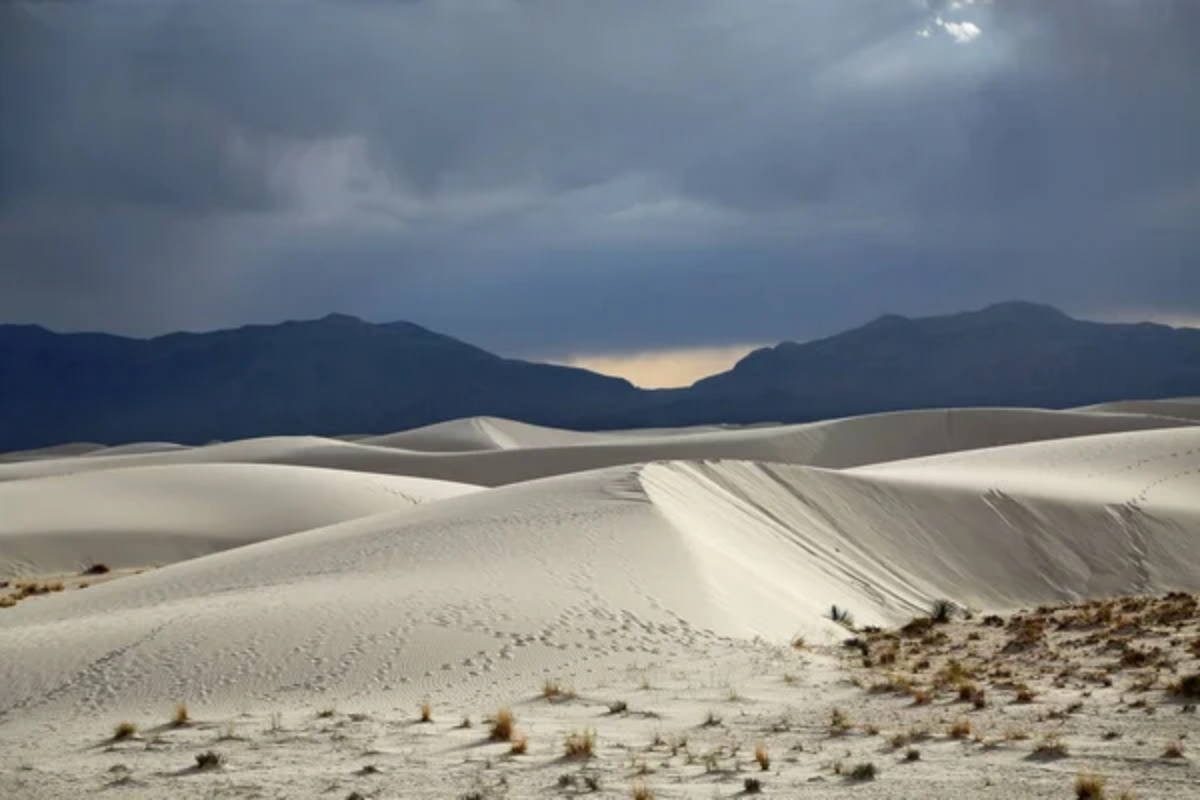
The park’s gypsum dunes create a brilliant white landscape that dramatically enhances the eclipse’s lighting effects. The sand’s reflective properties amplify subtle changes in light quality as the eclipse progresses, making the experience more visually striking.
The park’s high elevation and dry climate provide excellent atmospheric conditions for both viewing and photography.
Sleeping Bear Dunes – Michigan
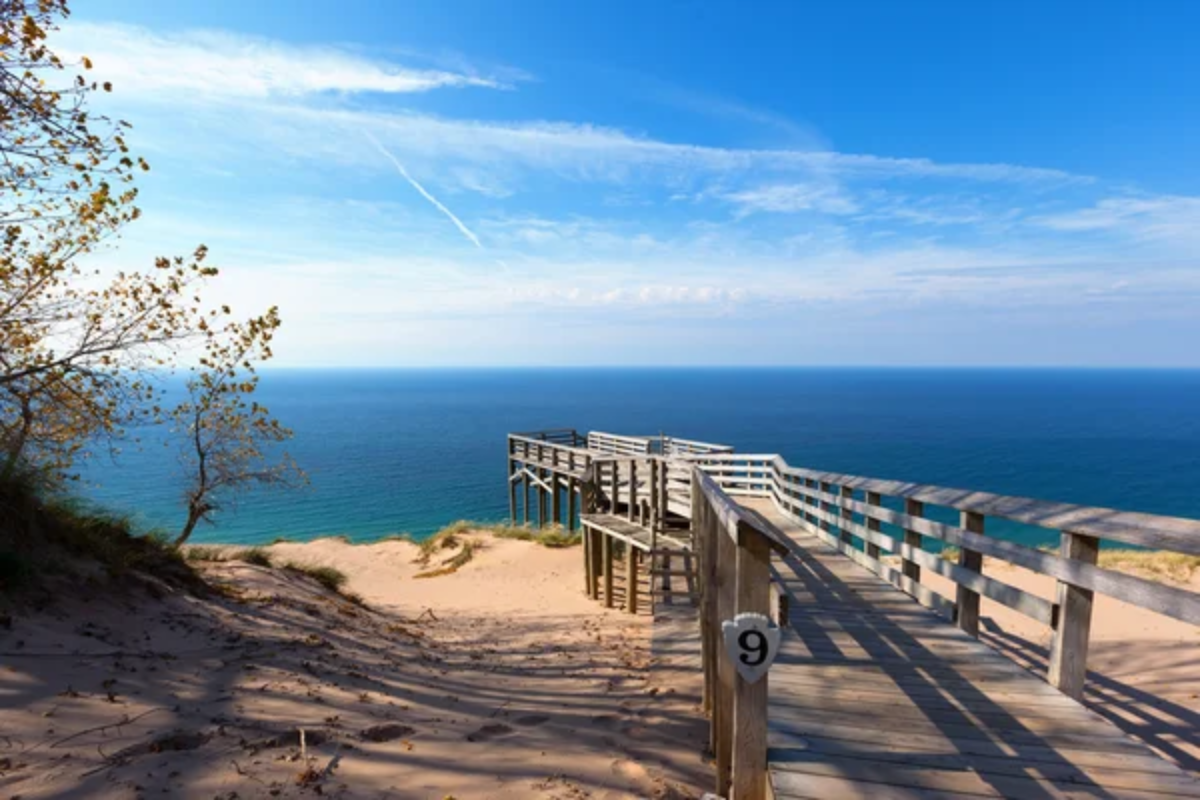
These massive dunes overlooking Lake Michigan create elevated viewing positions with water backdrops for eclipse observation. The Great Lakes region’s typically stable weather patterns provide reliable viewing conditions, while the dunes offer multiple vantage points at different elevations.
The combination of freshwater coastline and towering dunes creates a unique Great Lakes eclipse experience.
Like Travel Pug’s content? Follow us on MSN.
Mount Rushmore – South Dakota
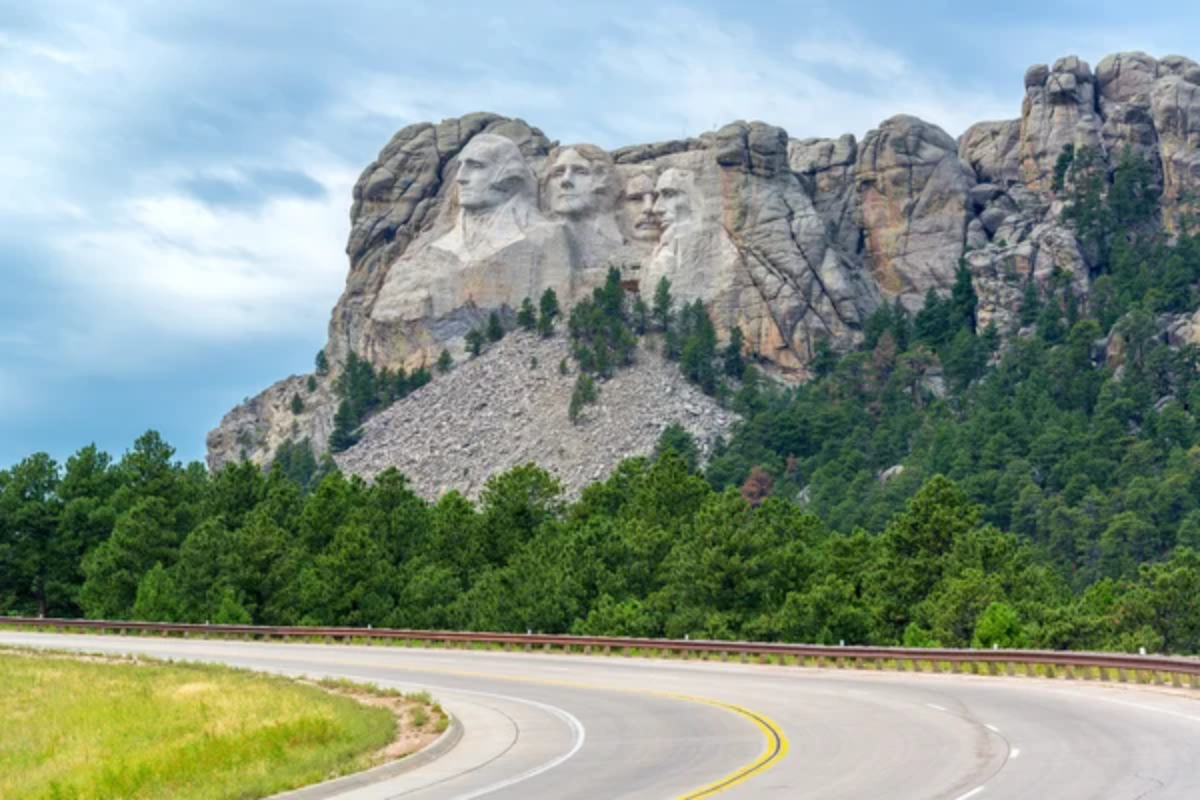
Viewing an eclipse near these iconic presidential sculptures adds patriotic symbolism to the celestial event. The Black Hills location provides elevated viewing positions and generally clear skies, while the monument creates a distinctly American context for the cosmic experience.
The surrounding Ponderosa pine forests offer alternative viewing locations away from the main tourist areas.
Great Sand Dunes National Park – Colorado

These towering dunes backed by 13,000-foot peaks create a dramatic landscape that enhances any eclipse experience. The park’s high elevation and dry climate provide excellent atmospheric conditions, while the dunes offer various elevated viewing positions.
The contrast between the sandy foreground and snow-capped mountains creates stunning photographic opportunities during the eclipse.
Arches National Park – Utah
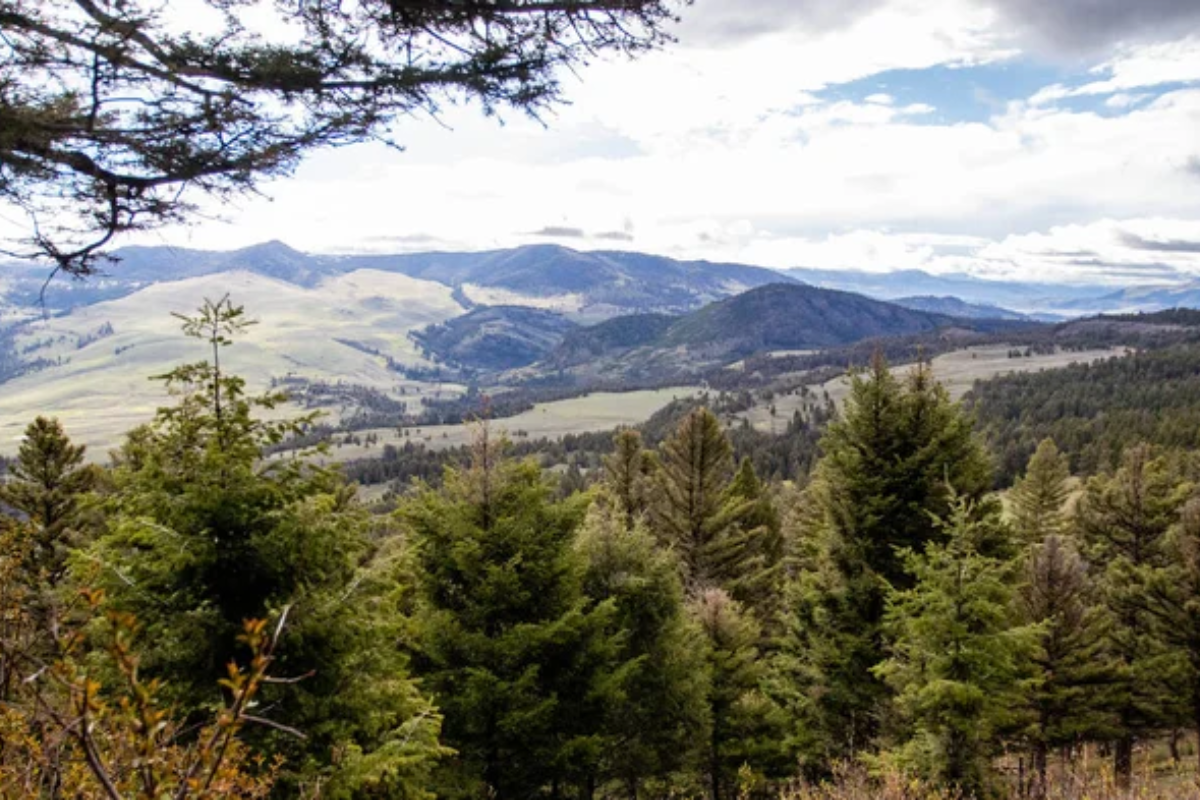
The park’s natural stone arches frame the eclipse in ways that connect geological time scales with astronomical events. Delicate Arch and other formations provide unique foreground elements for eclipse photography, while the desert location ensures clear skies.
The park’s numerous viewpoints allow visitors to find secluded spots away from the main tourist areas.
Like Travel Pug’s content? Follow us on MSN.
Yellowstone’s Lamar Valley – Wyoming

This wildlife-rich valley provides opportunities to observe how animals react to the eclipse’s sudden darkness. Wolves, bison, and elk inhabiting the valley may exhibit unusual behaviors during totality, adding biological interest to the astronomical event.
The valley’s high elevation and typically clear skies create ideal viewing conditions in a spectacular natural setting.
Badlands National Park – South Dakota
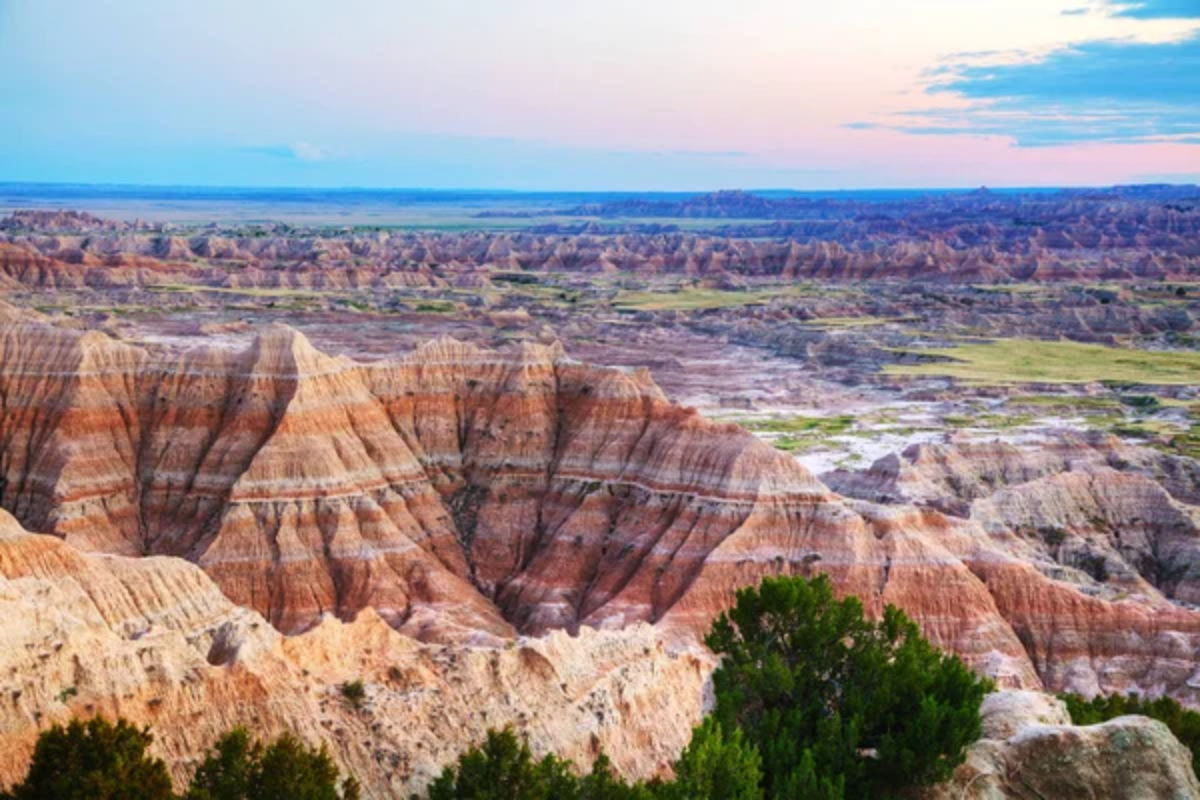
The park’s layered rock formations create a Mars-like landscape that enhances the otherworldly feeling of an eclipse. Multiple overlooks provide elevated viewing positions with dramatic backdrops for photography.
The park’s isolation ensures dark skies and minimal crowds, while the stark beauty of the badlands complements the cosmic drama unfolding overhead.
Great Smoky Mountains – Tennessee
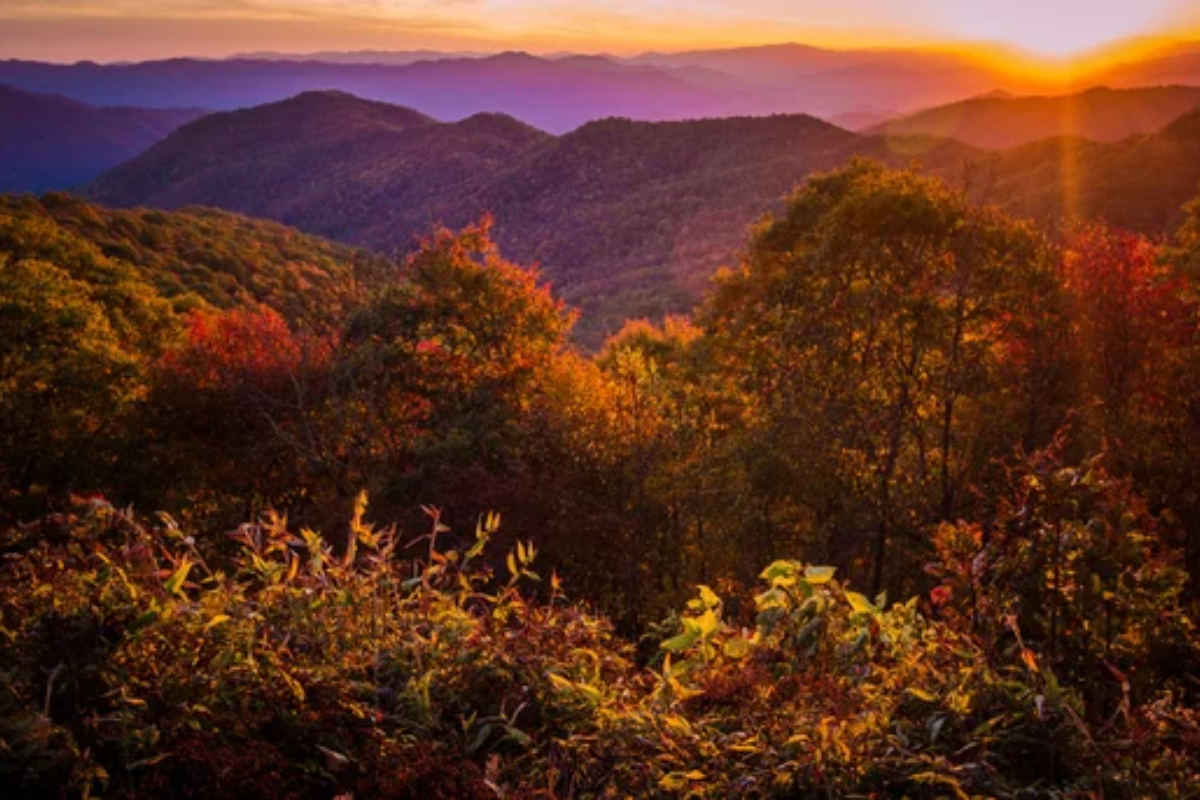
Cataract Falls and other high-elevation locations in the park offer clear viewing above the tree line. The mountains’ numerous peaks provide options for finding locations with unobstructed eastern and western horizons, essential for eclipse viewing.
The park’s elevation helps avoid atmospheric disturbances common at lower altitudes, while providing cooler temperatures for comfortable viewing.
Like Travel Pug’s content? Follow us on MSN.
Capitol Reef National Park – Utah
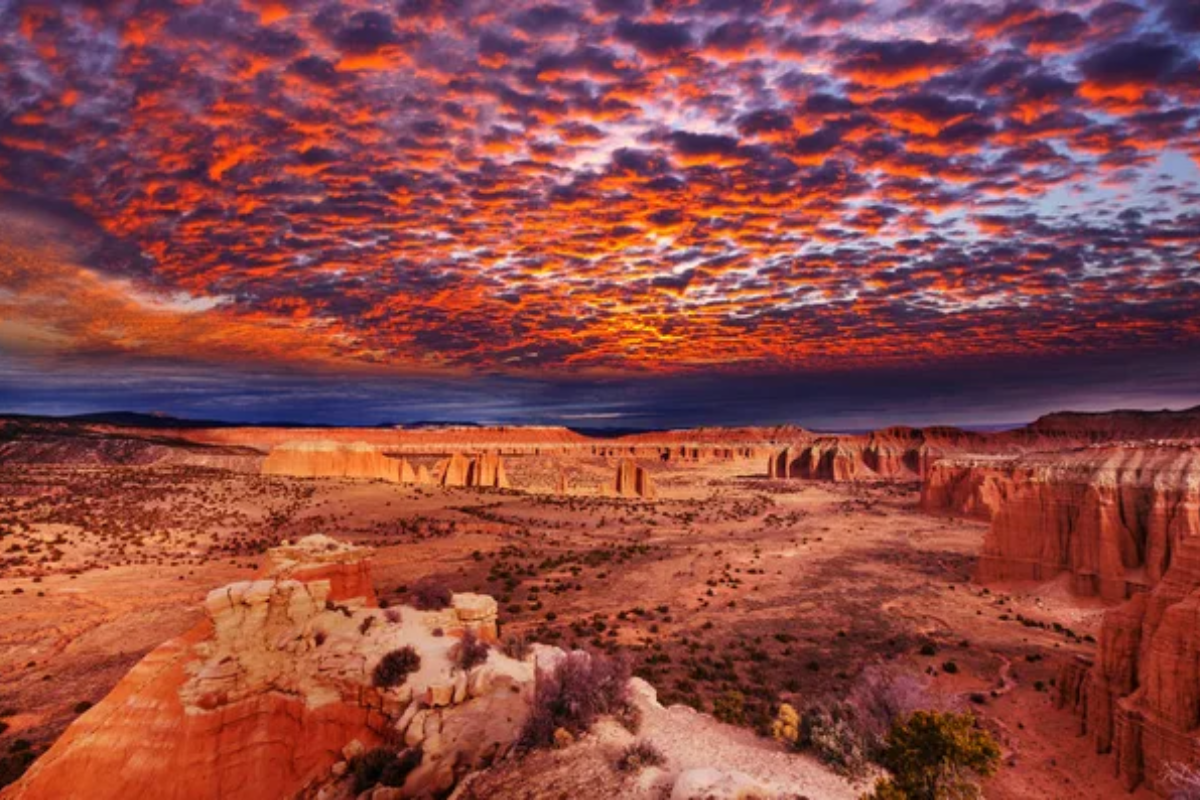
The park’s red rock formations and dark night skies create ideal conditions for eclipse observation and photography. Scenic Drive and various overlooks provide multiple viewing options with dramatic geological backdrops.
The park’s remote location ensures minimal light pollution, while the high desert climate provides reliable, clear weather.
Theodore Roosevelt National Park – North Dakota
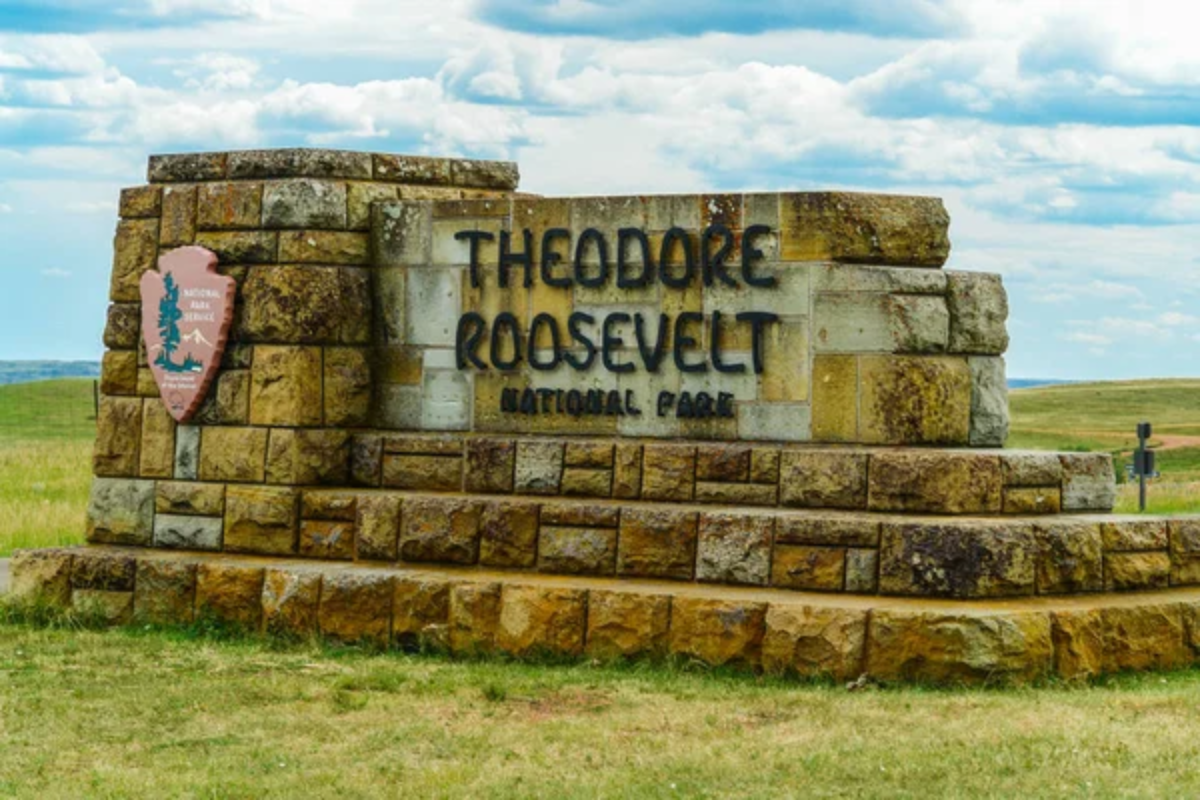
The park’s painted canyons and prairie landscapes create a distinctly American Great Plains setting for eclipse viewing. Multiple scenic overlooks provide elevated positions with expansive horizon views essential for tracking the eclipse’s approach.
The location’s remoteness ensures dark skies and peaceful viewing conditions away from urban crowds.
Glacier National Park – Montana
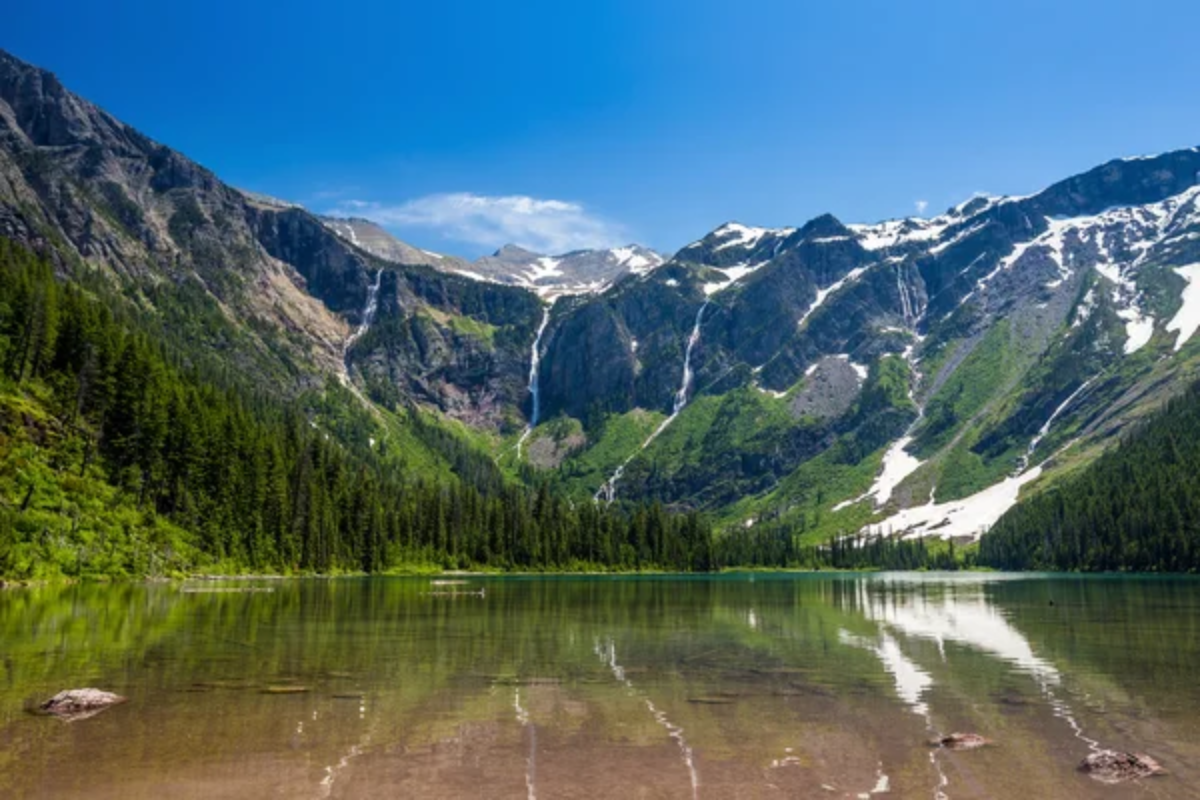
Going-to-the-Sun Road’s high-altitude viewpoints offer spectacular mountain backdrops for eclipse observation. The park’s elevation and typically clear mountain air provide excellent atmospheric conditions for viewing and photography.
Alpine lakes and glaciated peaks create dramatic foreground elements that enhance the cosmic spectacle unfolding overhead.
Like Travel Pug’s content? Follow us on MSN.
Shadows That Unite Sky and Earth
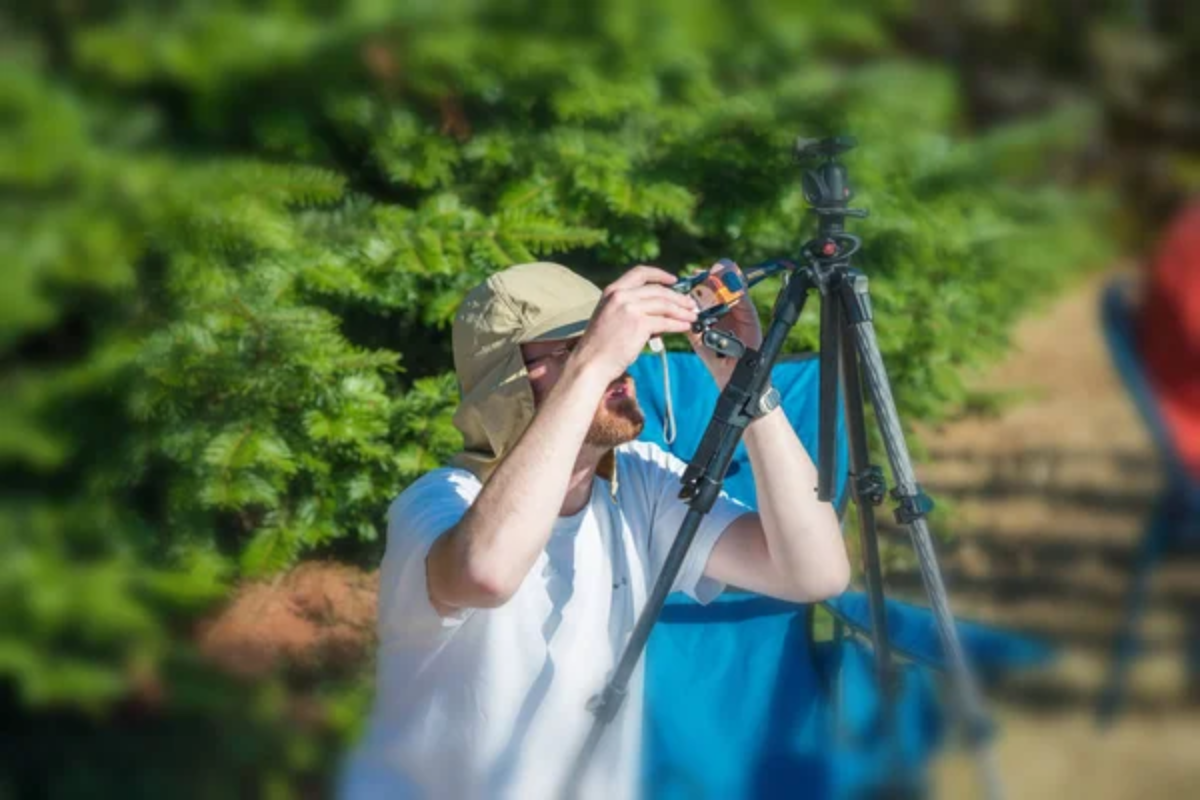
These offbeat viewing locations remind us that solar eclipses are best experienced as complete sensory events that engage with the landscape, weather, and even wildlife around us. The most memorable eclipse experiences happen when the celestial event combines with earthly beauty to create moments that photographers and astronomers remember for decades.
Each location offers clear skies and good viewing angles, as well as unique contexts that transform a scientific phenomenon into a deeply personal experience connected to a place and time. Whether you choose towering dunes, ancient rock formations, or quirky roadside attractions, the key is finding locations where the eclipse becomes part of a larger story about our relationship with both the cosmos above and the remarkable landscapes that define America.
More from Travel Pug

- 20 Best Beach Towns in the Carolinas
- 13 Destinations Where Tourists Regularly Regret Their Trip
- 20 Destinations That Are More Magical Without an Itinerary
- 20 Underrated Adventures That Belong on Your Travel List
- 20 Cities Where You Should Just Wing It, No Planning Required
Like Travel Pug’s content? Follow us on MSN.
